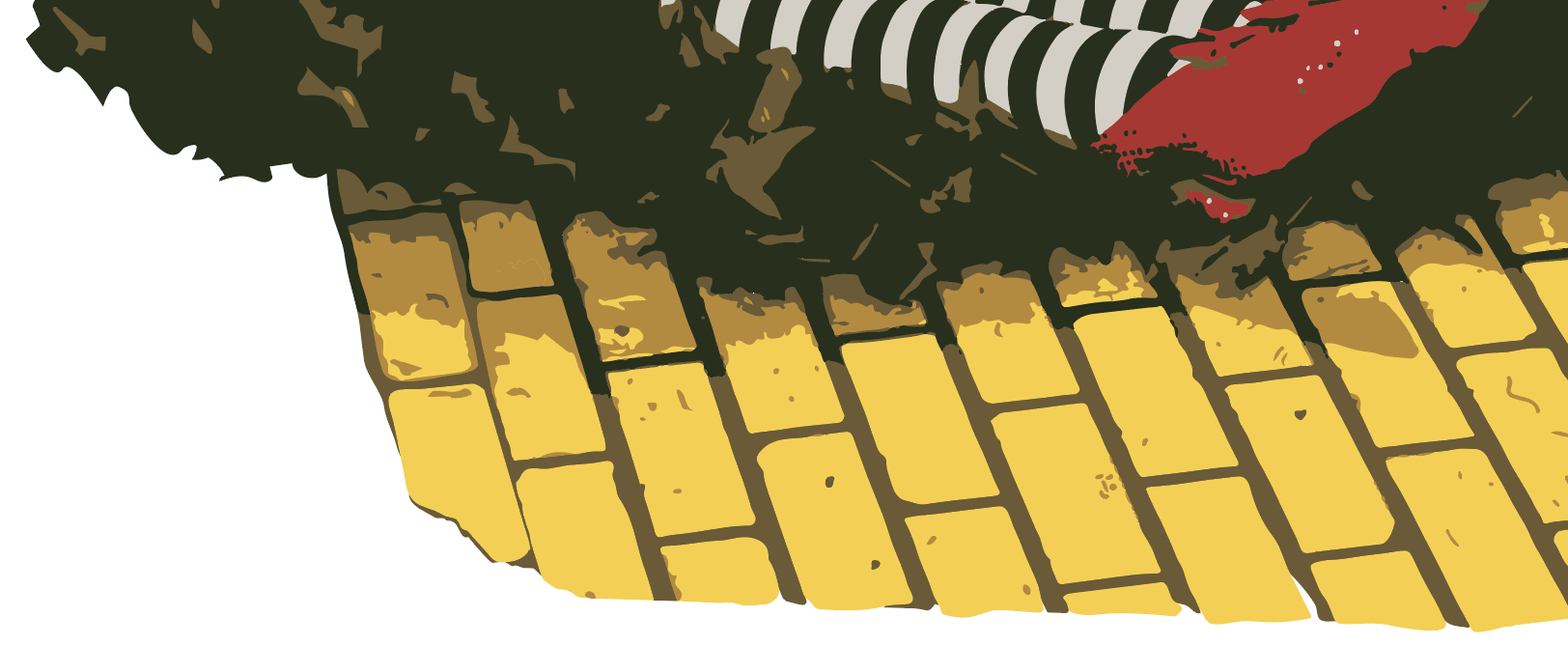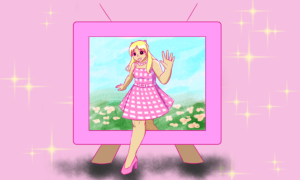We all know her. We all probably hate her.
The best word to describe her is quirky. Whether it’s her ever-changing hair color, her atypical fashion sense that resides between twee or supposedly edgy, or her ability to seemingly change the lives of everyone she meets, one thing is true about this evasive, mysterious, and irresistible woman: she is not like other girls. She’s the Manic Pixie Dream Girl (MPDG).
For the better part of… forever, film has been plagued by an onslaught of underdeveloped female characters. From the blonde bombshell to the femme fatale, women in film have often accessorized the plot rather than drive it, and the MPDG is no exception.
Coined by Nathan Rabin in 2005, the Manic Pixie Dream Girl lives in the “fevered imaginations of sensitive writer-directors to teach broodingly soulful young men to embrace life and its infinite mysteries and disasters.” She masquerades as a well-rounded character, with her offbeat lifestyle meant to give her personality, but she lacks life and drive; instead, she exists to serve the leading man.
The MPDG’s problematic nature originates in her sole purpose of pitting women against one another. One of the most established examples of the MPDG is Ramona Flowers from Scott Pilgrim vs. The World (2010), where her conflict with Knives Chau––Scott Pilgrim’s ex-girlfriend––is central to who Knives is. Seething with jealousy that Ramona can garner Scott’s infatuation, Knives changes herself to be just like Ramona. She dyes her hair, dons a scarf, and wears a full-length black bodysuit to look more unconventional, like Ramona. As Knives’s life begins to emulate Ramona’s, their relationship is reduced to pure competition. Ramona and Knives do not have lives of their own; they were created to vie for Scott’s attention and to hate one another because of it.
This valor given to women who deviate from convention wholly pervades teenage media. If we think back to the ever-so-popular 2000s high school movies––such as Mean Girls (2004) or She’s the Man (2006)––nearly every protagonist is awkward, nerdy, or clumsy, while the antagonist is popular and perfect, but “basic.” The protagonist is “relatable”: she trips over nothing, stumbles over her words, and emphasizes that she knows nothing about beauty and style. By contrast, the antagonist is a caricature of femininity. She is deeply interested in style and makeup and obsesses over celebrities. Rather than appealing to the largely female audience, she is villainized because she is too “girly”: she’s vain, ditzy, and boy-crazy. Her femininity becomes her downfall.
The MPDG trope propels this hatred of conventional femininity. By defying traditional notions of femininity, she serves as an enticing alternative to the “basic” girl. Ultimately, this divergence from the canon is not rooted in the actual wants of the MPDG; it stems from patriarchal pressures to be different from the mainstream. But the MPDG can’t just be any type of different: she has to be more like the boys. As popular media and films demonize stereotypically feminine interests, traditionally masculine activities are substituted. She can play sports on the same level as men, but is never better than them. She likes The Smiths, but allows the man to explain the ostensible intricacies of their music to her. The MPDG is held prisoner in the purgatory of being “woman enough” to be sexualized, yet “man enough” to be liked by her male counterparts. The MPDG does not have any agency of her own, because, frankly, she is not her own person. She is a means to an end, created to change the life of the leading man.
In creating the “perfect woman,” writers and directors paint femininity as an inherent evil while treating all other non-traditional feminine interests as a stain on womanhood. The infiltration of the MPDG has slotted women in film into three categories: the hyperfeminine bitch, the “cool” girl, and the unfuckable nerd. These three categories treat female characters as the only characters they can be, eliminating any chance of well-rounded and dynamic portrayals.
Despite 20 years of domination, this past year saw the MPDG entirely dethroned, from mainstream blockbusters to indie comedies. Bottoms’s (2023) unabashedly horny female protagonists PJ and Josie subvert traditional female typecasts. The duo creates a lesbian fight club to get closer to their crushes, completely decentering the plot from men. Beyond this decentering, Josie and PJ being objectively terrible people is what makes the MPDG trope crumble. They make choices that land them in hot water time and time again, but these choices make them human. Their growth completely diverts from tropes that keep women as static plot devices. Whereas Bottoms highlights the beauty in being traditionally unfeminine, Barbie (2023) uplifts the hyperfeminine.
Barbie has become the shining light at the end of the tunnel, ending the mainstream hate train of all things feminine. The film’s representations of its “Barbies,” who revel in their shared love for fashion, pop music, and one another, embody the antithesis of the MPDG. In Barbieland, Barbies embrace their camaraderie and similarities while possessing their own desires. Barbies do not live for the Kens; they live to become scientists, Nobel Peace Prize winners, and presidents. While Barbie was one piece of media where femininity was valorized, its sheer popularity puts the final nail in the MPDG’s coffin.
When Barbie and Bottoms were released, social media was flooded with rave reviews and massive appreciation for movies so expertly centered on the trials and tribulations of womanhood. While Barbie’s recent Oscar snubs and Bottom’s lack of nominations reaffirmed that industry elites do not value realistic depictions of girlhood, the online outcry has made one thing clear: dynamic films about women have struck a chord with mainstream audiences. We cannot go back to how it was before, when women were pitted against one another for the approval of a mediocre man.
Although producers may attempt to revive the MPDG for their own interests, one thing is abundantly clear: the people want her to die. She already has one foot in the grave; female moviegoers want characters that resemble themselves and feel real. But perhaps most importantly, they want to be just like other girls.





